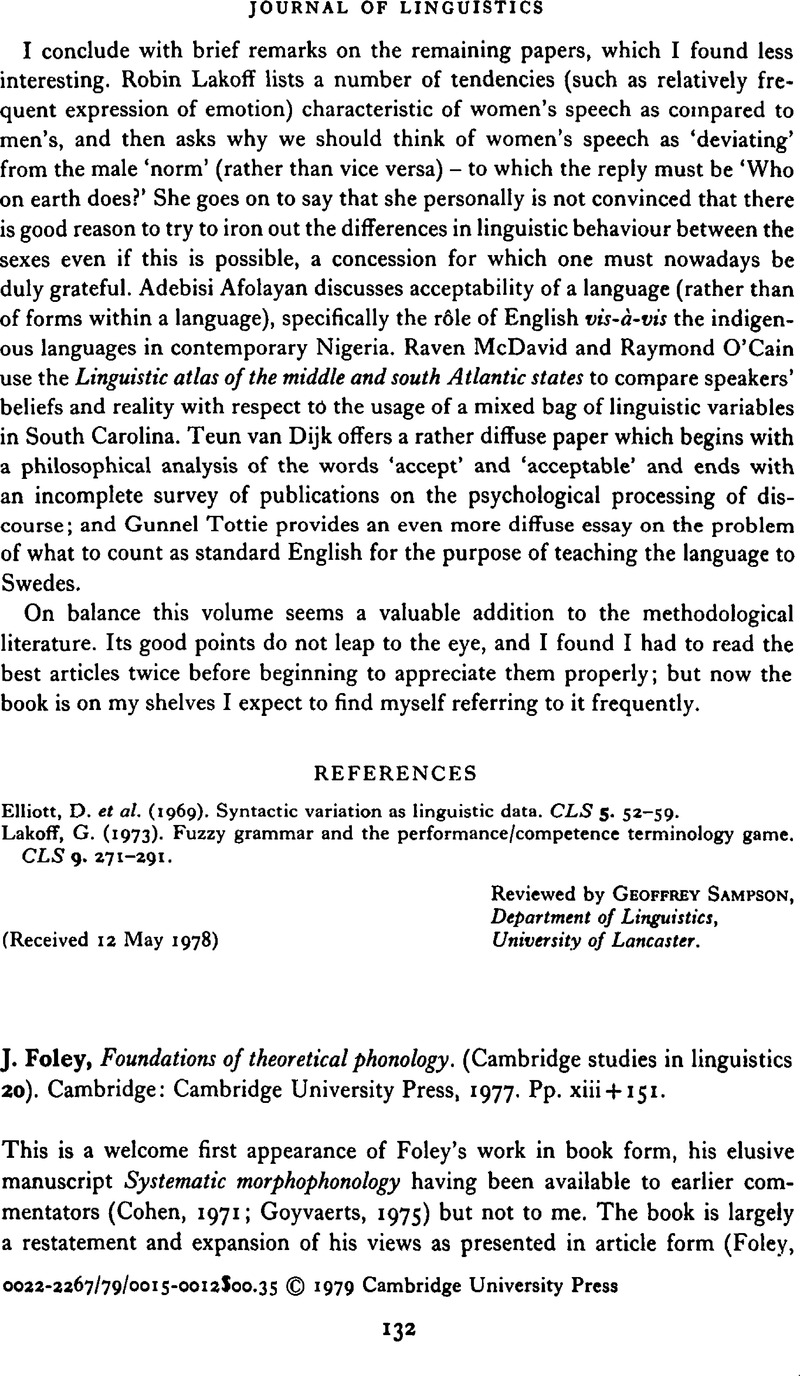Crossref Citations
This article has been cited by the following publications. This list is generated based on data provided by Crossref.
Coates, Richard
1980.
Time in phonological representations.
Journal of Phonetics,
Vol. 8,
Issue. 1,
p.
1.



